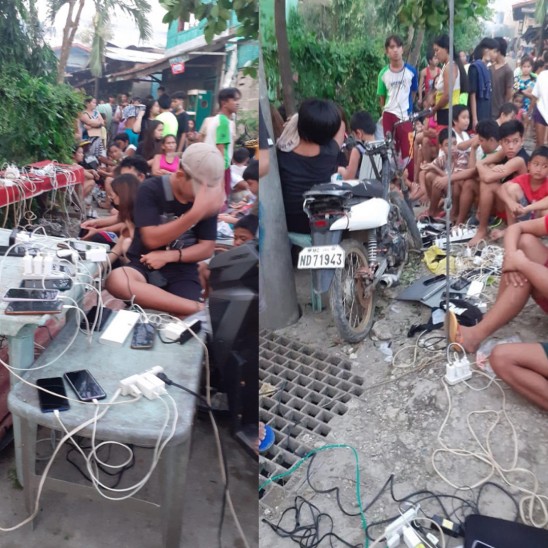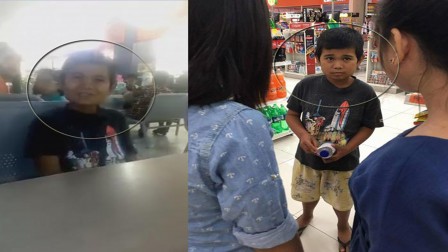“There is no saying how long the red tide plague will be there, but the situation could last and there have been instances in the past when red tide persisted for years. In the case of Masinloc, red tide has always been an off-and-on situation,” she said.

Red tide plagues Bataan and Zambales
Red tide technician Perdita Eulle, an expert of the Bureau of Fisheries and Aquatic Resources (BFAR) said the red tide situation in Bataan has become so severe that eating shellfish harvested from the affected areas off the coasts of Balanga City and the towns of Samal, Orion, Orani, Abucay, Hermosa and Mariveles, all in Bataan, as well as the waters of Masinloc, Zambales shows symptoms of poisoning in 20 minutes. The initial symptoms include numbness in the lip area, dizziness and vomiting.
and Aquatic Resources (BFAR) said the red tide situation in Bataan has become so severe that eating shellfish harvested from the affected areas off the coasts of Balanga City and the towns of Samal, Orion, Orani, Abucay, Hermosa and Mariveles, all in Bataan, as well as the waters of Masinloc, Zambales shows symptoms of poisoning in 20 minutes. The initial symptoms include numbness in the lip area, dizziness and vomiting.
Eulle said red tide victims should be rushed immediately to the hospital. In the meantime, they could be made to drink “kakang gata” or the juice first extracted from coconut meat to induce vomiting.
The Latest shellfish bulletin on shellfish samples gathered off the coast of Bataan revealed 469 micrograms of red tide microorganisms per 100 grams of shellfish meat, significantly higher than the tolerable limit of 60 micrograms.
BFAR continues to appeal to the public to refrain from gathering and eating shellfish from the Bataan coastal waters and Masinloc Bay in Zambales as red tide toxin which causes paralytic shellfish poisoning remains present in these areas.
Lanie Lamyong, BFAR Central Luzon information officer, reiterated that fishes, squids, shrimps and crabs harvested from these areas are safe to eat as long as they are fresh and washed thoroughly and their internal organs such as gills and intestines are removed before cooking.








